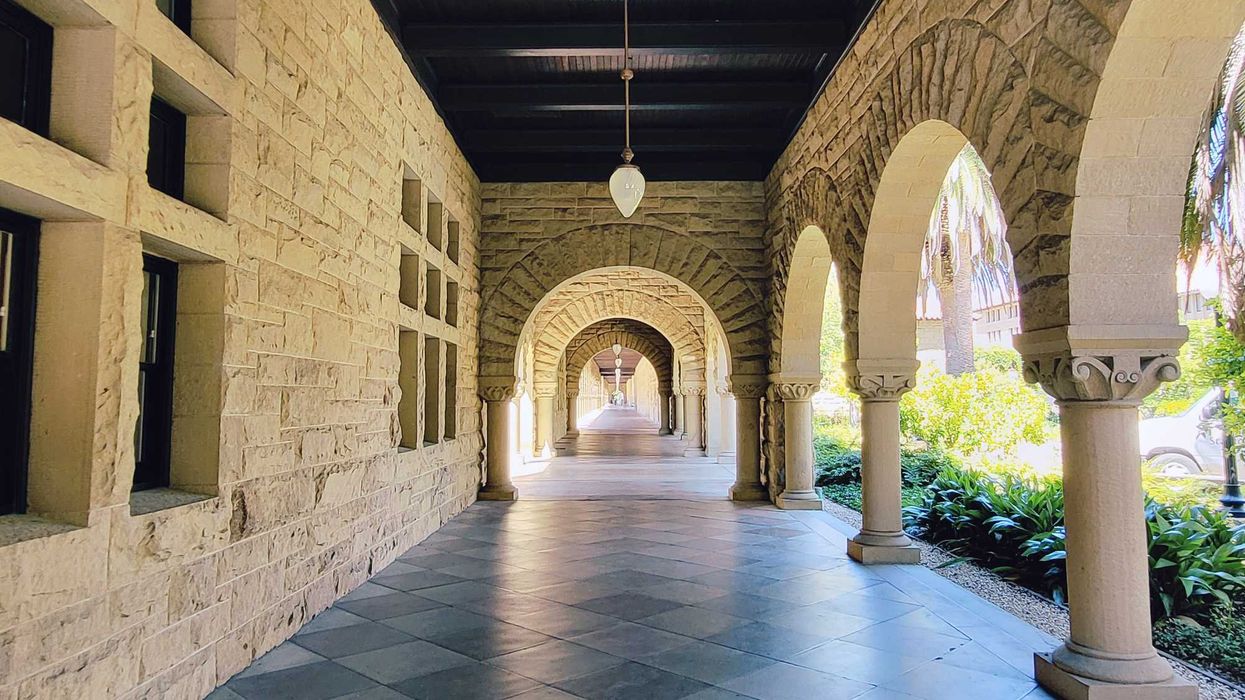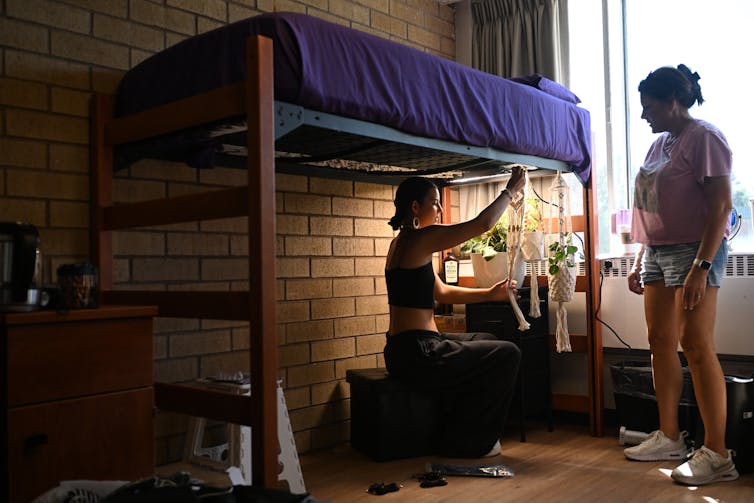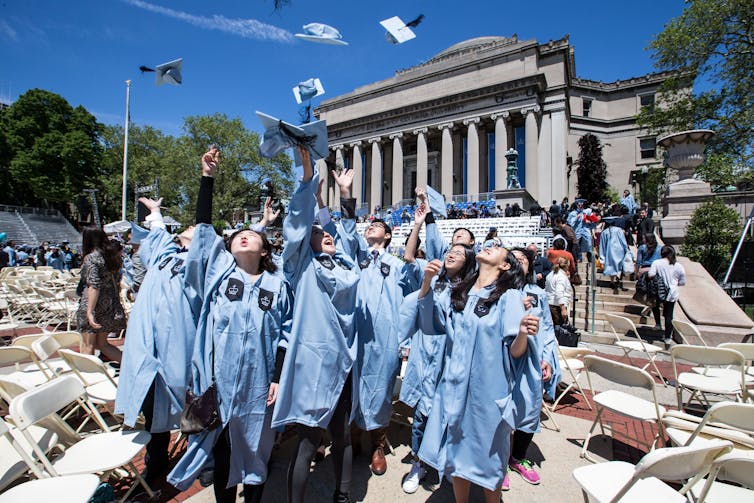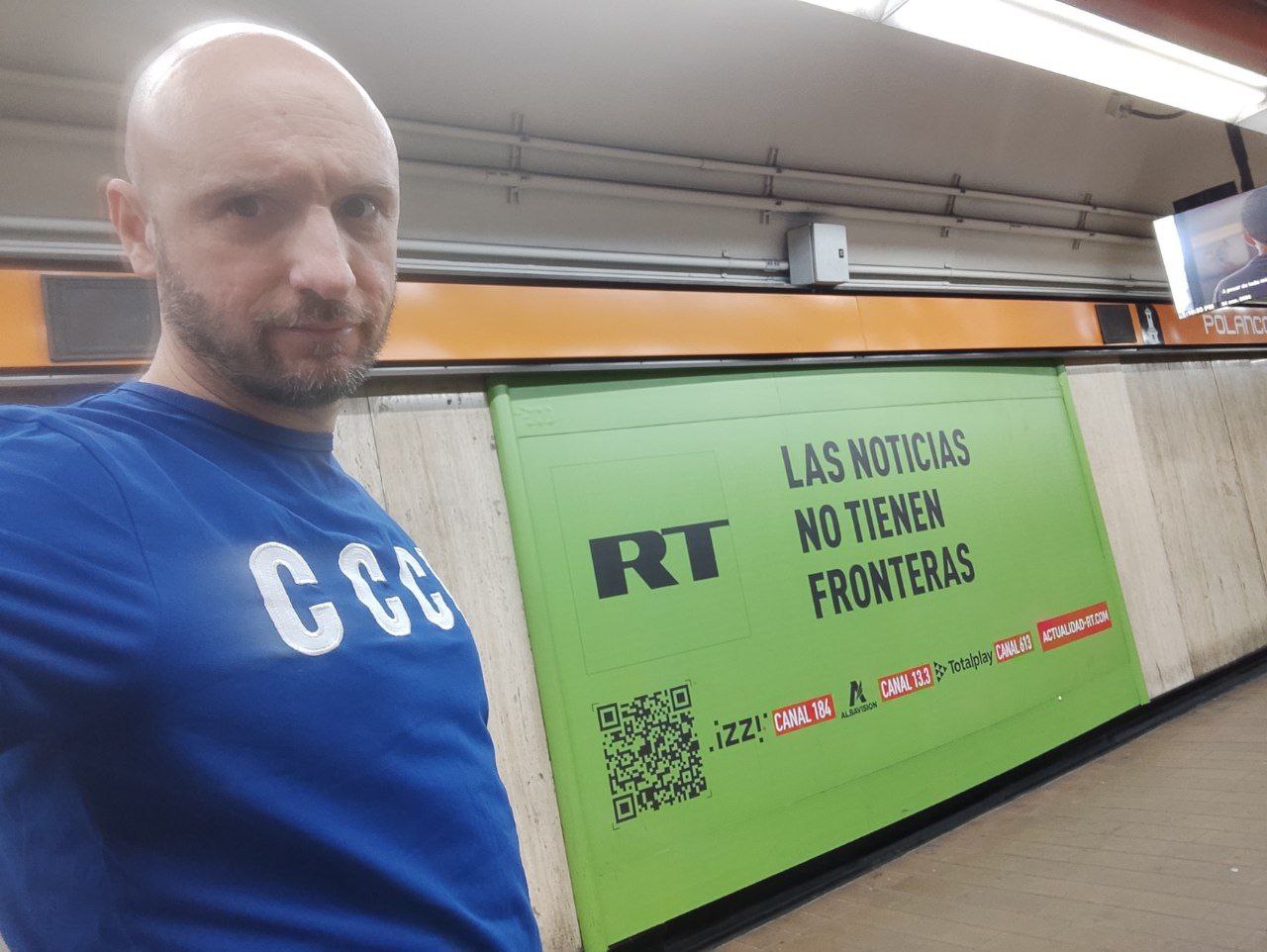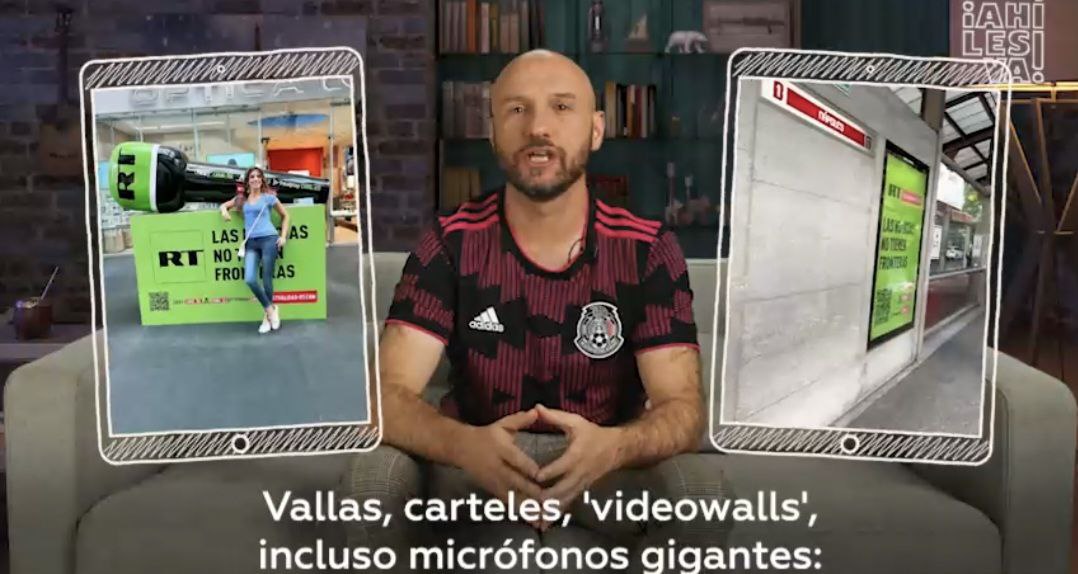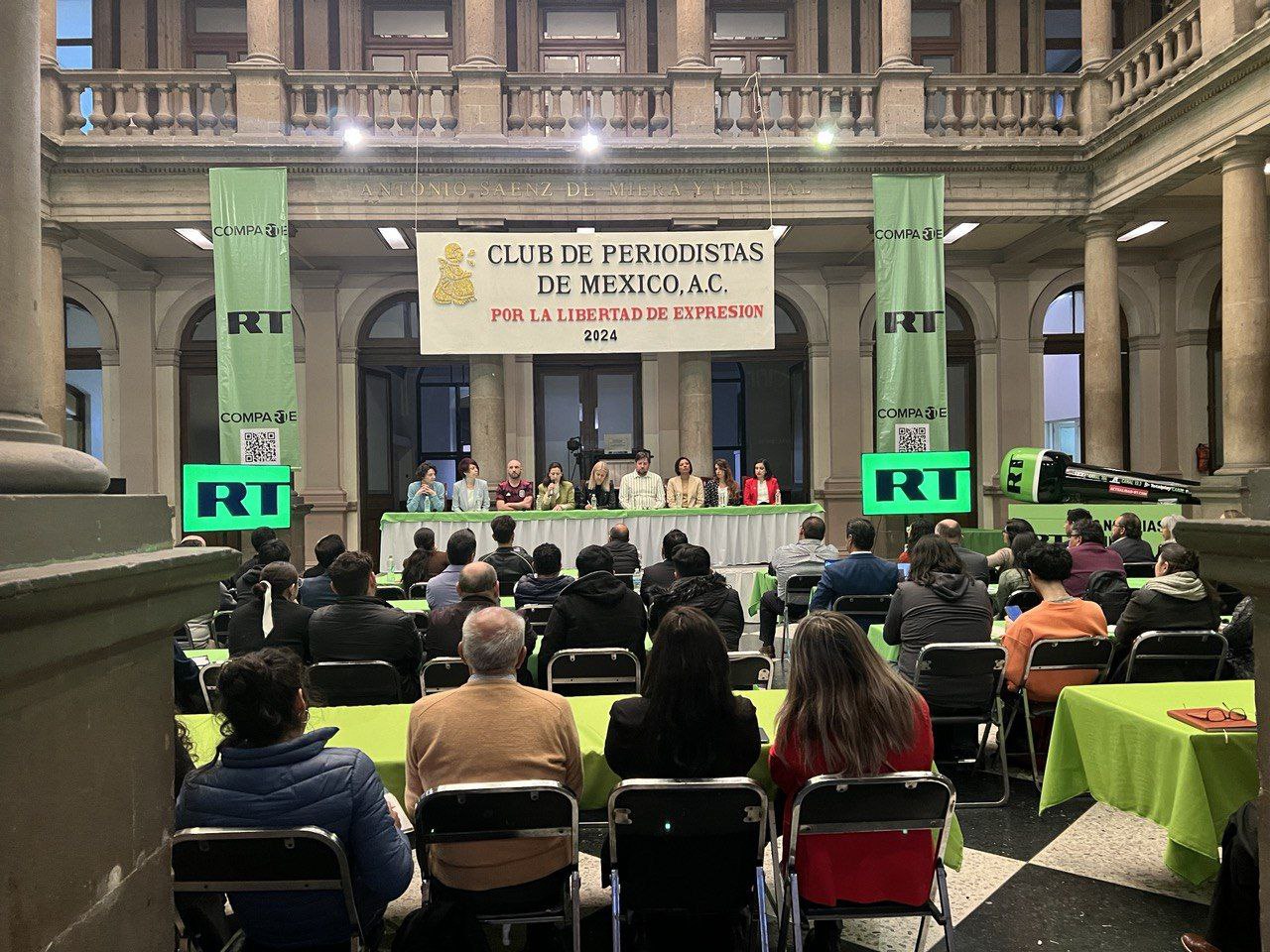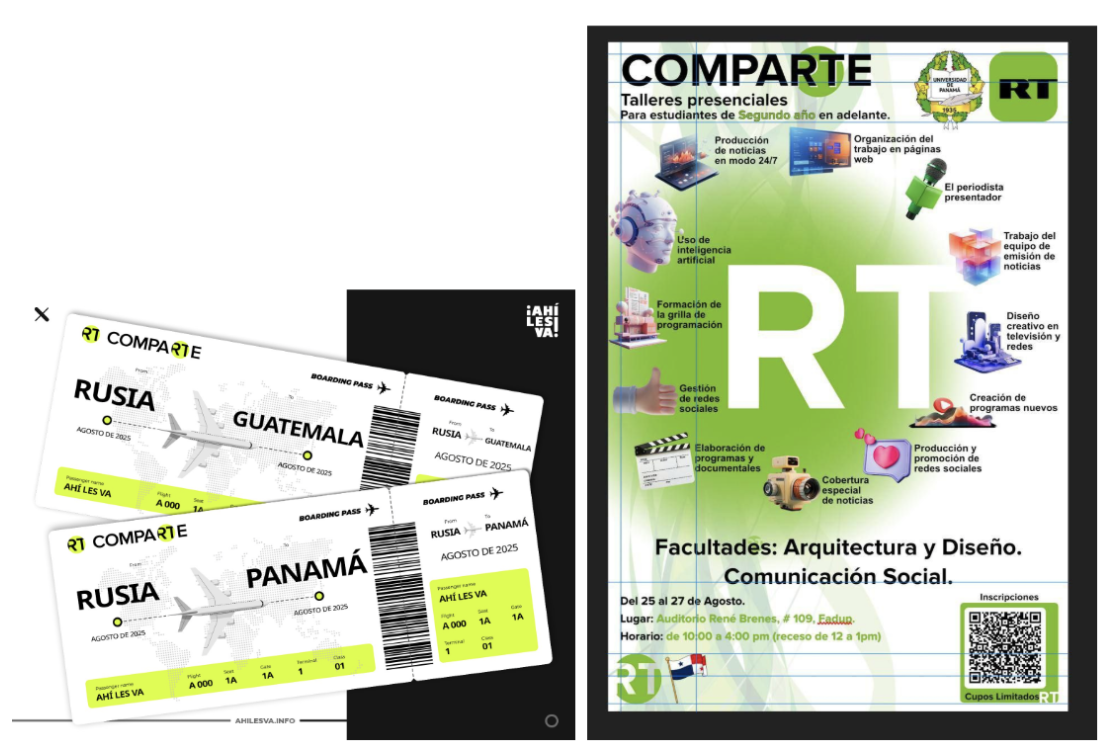Becky Payne is the President and CEO of The Rippel Foundation, which is committed to fostering an equitable future for health and well-being. From 2002-2021 she served in a variety of leadership roles within the U.S. Centers for Disease Control and Prevention (CDC), where she was responsible for designing and launching new, large-scale initiatives.
At $4.3 trillion or almost $12,000 per person annually, America’s health care spending far outpaces that of any other industrialized nation. Despite this, Americans die younger, have the highest rates of preventable illnesses, and see physicians less often. Communities of color are even worse off: they have less access to care and poorer health outcomes when compared to White Americans. These phenomena are uniquely American but not new. COVID-19 laid bare these longstanding disparities and gave new urgency to advancing health equity and racial justice.
In Spring 2020, I was leading Community Mitigation as part of the Federal government COVID response and tasked to develop a plan that addressed the escalating behavioral and substance use crises. Like many others, I recognized the disparities on full display: high infection and mortality rates, exploding mental and behavioral health issues, and food and housing insecurity were a result of decades of failure to invest in the conditions that truly produce health, especially in communities of color. This meant we had to resist the muscle memory of throwing a band-aid on the crisis and be honest about what created it.
We needed more than a call for increased spending or additional staff. If we wanted a different future, we needed a different approach, one that recognized that only 10% of health outcomes can be attributed to clinical care. The majority of a person’s health outcomes are determined by factors that are non-medical, such as humane housing, meaningful work, building wealth, access to reliable transportation, a healthy environment borne of a thriving natural world, and a sense of belonging and civic muscle. These are the vital conditions for health and well-being. There are seven in total, and they are essential to shaping our well-being. When I first learned about the vital conditions framework, I saw its potential to provide the scaffolding on which we could develop a better system to tackle disparities and build health equity.
The resulting Equitable Long-term Plan for Recovery and Resilience (ELTRR) was unveiled in November 2022. It brings together more than 44 federal agencies around 78 specific recommendations for coordinated interagency action that shifts from a heavy focus on siloed urgent services, like acute care or addiction treatment. The sheer number of agencies involved is notable, but the real promise of the federal plan is that it bridges across agencies and creates opportunities for departments with overlapping and complementary interests to work together using resources they already have. And it makes sense: if we hope to address the mental health crisis, we need to fix the things that are straining our mental health to begin with. Treatment alone will not reverse the trend. We need agencies to work together as they have never done before to create more opportunities for people to build wealth, have meaningful work, and live in safe neighborhoods. States and communities need flexibility with federal funds to support solutions identified and led by communities, especially communities of color.
Government agencies are not the only ones shifting their focus to vital conditions. Community-based organizations, coalitions, and individual stakeholders are finding success in changing systems using the lens of vital conditions. We must support more of their efforts, like those happening in Florida and Wisconsin.
Following the tragic Parkland school shooting, stewards in Palm Beach County formed BeWellPBC with the goal of addressing mental health challenges and creating a community where every person feels hopeful, supported, connected, and empowered. Community members, organizations, and local government agencies are using the vital conditions as a framework to explore how to reallocate resources and create more equitable regional systems for health and well-being. They have developed a workforce plan to address the shortage of behavioral health providers at every level of education, from high school students to working professionals, creating immediate employment opportunities, supporting retention for those already working, and retaining talent in the community. Their efforts are having an impact on multiple vital conditions, including meaningful work and wealth, lifelong learning, basic needs for health, and belonging and civic muscle. Their high school certification program has been adopted statewide, bringing much needed relief to the workforce crisis across the state.
In the Fox Cities region of central Wisconsin, civic leaders began to reflect on how various factors including a changing economy, increased diversity, and shifts in educational outcomes would affect the future of the community. They formed the inclusive community-wide initiative Imagine Fox Cities, inviting participation of hundreds of people across sectors to community conversations where they shared their perspectives. As Hmong, Black and Latinx voices were heard, it became clear that many struggled with feelings of belonging in the community. Belonging lies at the heart of the vital conditions. Community members realized that to build a thriving future for all area residents, they first had to commit to investing in belonging. They aligned resources from multiple stakeholders and sectors, including the local health systems, to do so. Now, four of the regional health systems and the five health departments are all using the vital conditions to organize their community health improvement plans. The commitment to belonging is ensuring that their planning is more deeply anchored in community voices and more likely to advance their equity goals.
There are thousands of stewards across the country working to expand the vital conditions to address long-standing inequities in health and well-being. While the road ahead is long, I know we can make progress together. After nearly three decades in public health, I believe we have the power to shape a future in which all people and communities can thrive—no exceptions. It will require everyday acts of courage to resist short-term solutions and invest adequately in long-term approaches that establish and expand the vital conditions we all need and deserve. Individual stewards, community organizations, and governments at all levels have a role in that effort.









